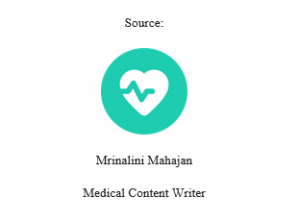[the_ad id=”6076″]
The inception of 5G is a big boon to the health-tech industry. Our latest technology evolution has surpassed 4G network capabilities, limiting all industries’ growth. 5G is an opportunity to upgrade the current healthcare system thus making it more reliable, accessible, and convenient for both healthcare professionals and patients.
Below are a few ways how 5G can help healthcare organizations meet the growing demand of digital transformation:
- Quick transmission of medical images-
MRIs and other imaging machines usually generate large files, and this must be sent to consulting doctor for review. When the network bandwidth is high, the transmission is done immediately. This means that the patient doesn’t have to wait longer for treatment. Adding a high-speed 5G network to the existing system will help in the quick and reliable transport of data files of medical imagery. This improves access to quality care reducing the waiting time.
- Personalised patient experience-
Hospitals and healthcare providers require advanced technology to enhance the patient experience. Innovation around more accurate diagnoses with real-time data will help in driving more patient outcomes and has predictive maintenance which further determines patient health risks, monitor vital signs, and also provide relevant alerts. The speed and tendency of 5G make it possible to combine and also access large data which helps in improving hospitals and physician services.
- Expanding telemedicine-
Telemedicine allows healthcare providers to assess, diagnose and treat patients. With 5G technology, the healthcare system also enables mobile networks to handle telemedicine consultations which increases the reach of the program. The introduction of 5G technology will allow healthcare to achieve new care paradigms via innovation in IT and better connectivity through telecom. Advanced technology reduces wait time with a decreased chance of cross-exposure for patients. With better network bandwidth, low latency, and high data rates, telemedicine is becoming more accessible thus easing the difficulties between professionals and patients.
- IoT devices for real-time health monitoring-
IoT health devices such as fitness trackers are becoming quite popular thus providing the ability to monitor fitness, key vitals, organ health, sleep, and general health. With 5G technology, you can log symptoms and send health data from the comfort of your home to the healthcare professionals. This will help in sharing accurate up-to-date information and give you a health diagnosis in real-time.
With 5G network, one can handle a different amount of transmitted data due to faster speed and good connection. For health professionals to monitor their health, high speed and frequency are required to transfer health data at low data rates.
Conclusion:
For enabling end-to-end digital transformation in the healthcare industry, it is important to resolve the challenges by leveraging 5G. Enhanced technology, speed, and efficiency will help in transforming the healthcare sector with real-time data. 5G provides exciting opportunities such as remote patient monitoring, remote surgery, advanced computing, connected ambulance, augmented and virtual reality.

